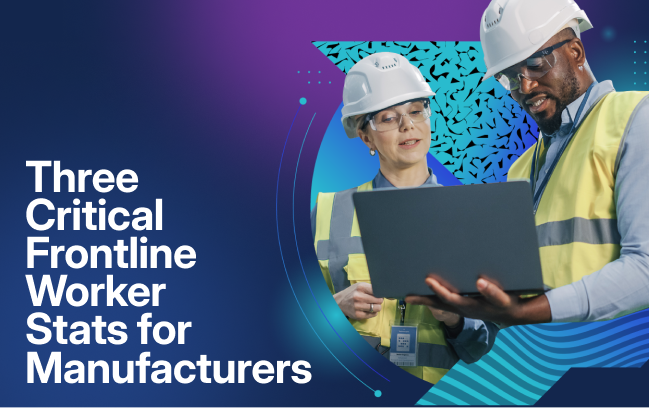February 14, 2024
3 Min. Read

First impressions count.
Jobs are a lot like relationships, and they’re some of the most important ones we have. They require trust, consistent effort, and mutual reward. Every step counts, from the first meeting to the end of the employee lifecycle.
After hiring, onboarding is the next crucial step in an employee’s experience with your company. It often sets the tone for their overall trajectory. A positive experience usually translates into ongoing engagement and enthusiasm for growth on the job, while a negative experience could quickly snowball into a path toward failure.
Four Tips to Deliver a Great Employee Onboarding Experience
The initial days of a new job can be overwhelming for employees. Learning about the company’s culture, processes, and expectations can be daunting, but offering a fun and robust onboarding program helps bridge this gap. Here are four ways to make the experience better:
- Set the Tone for Success: During onboarding, employees expect to receive the information they need to orient themselves to the company and their new roles. This information should be easy to access, available to reference anytime, and cultivate interest in further learning.
- Communicate the Company Culture: A great onboarding experience serves to acclimate employees to your company culture. It welcomes newcomers and helps them feel a sense of comfort and belonging amid an understandably stressful time. The onboarding period is a great time to introduce new employees to your company values, share where they can get additional support, and teach them about available professional and personal development resources.
- Encourage Continuous Learning: By presenting the onboarding process as an interactive learning experience, you communicate to employees that learning will be an intrinsic part of their jobs. Leveraging the right technology is vital here: sleek technology that’s fun to use will likely encourage engagement. Frustrating user experiences, on the other hand, may be off-putting to some employees and cause them to lose interest in learning and their jobs.
- Provide Tools, Technology, and Resources for Further Development: Easy, user-friendly digital tools, mobile-friendly interfaces, and technology that works are no longer “nice to haves”—they’re prerequisites for companies that are serious about attracting and retaining great talent. Show employees you invest in their growth and development by using the onboarding period to guide them through the learning resources and tools available to them. Coaching and mentoring, social learning, and AI-based content suggestions can all help to encourage employees to take ownership of their learning journeys and build the skills they need to move up within the organization.
The Role of L&D Technology in Onboarding
Onboarding is a chance for organizations to help employees feel a sense of belonging to a new organization, to help them forge connections with their teammates and co-workers, and an opportunity for them to understand and become a part of your unique organizational culture.
Today’s employees—especially young people–know what’s possible through everyday apps like Uber, DoorDash, and Netflix, so they expect similar user experiences when engaging with the software applications they need for work. Clunky, outdated apps won’t cut it.
Onboarding will be the employee’s first experience with the company’s learning environment, so putting your best foot forward is critical. To learn how, download our free guide below.



